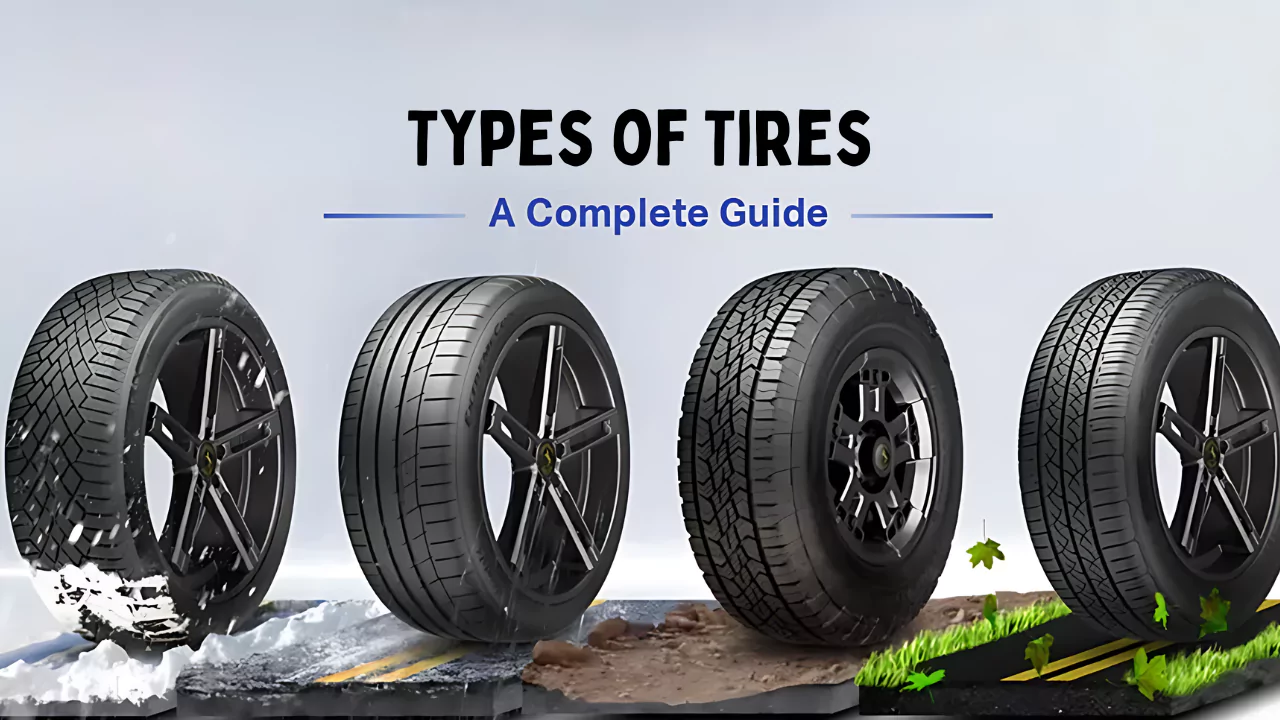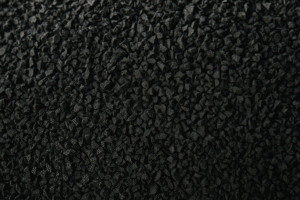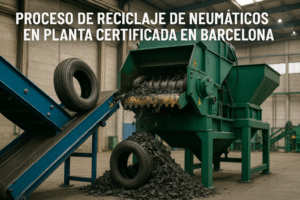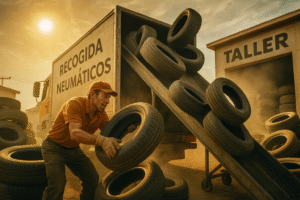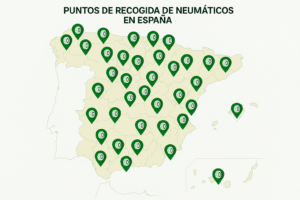Used Tyres Export to Africa (2025): Complete Guide
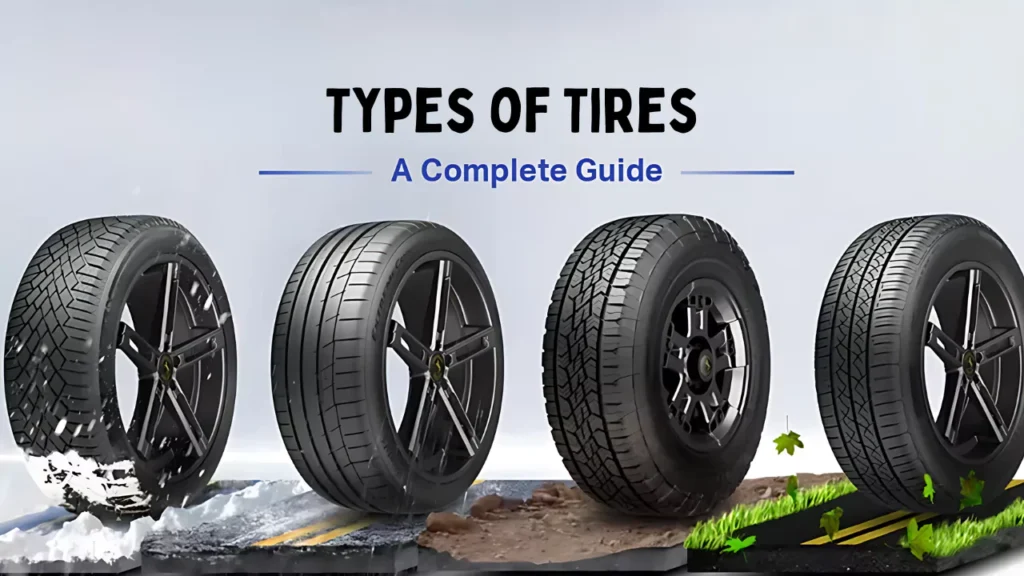
Looking to ship containers of used tyres from Spain to Africa or Latin America? This hands-on guide covers quality grading by tread depth (mm), the documents you need, an FOB/CIF cost example, and the top tyre sizes by market. At the end, you can request a container quote or book a video inspection.
Why demand is strong & what buyers expect
African and LATAM buyers seek a solid cost/safety balance, typically preferring passenger tyres with >5 mm tread, plus popular SUV/4×4 and light-commercial sizes. Consistent quality, clean paperwork, and safe loading are the foundation for repeat business.
Quality requirements: mm-based grading & condition
- Tread (mm): group by ranges (e.g., 4–5 mm, 5–6 mm, 6–7 mm). Don’t mix lots without stating an average.
- Pairs/sets: prioritise pairs and sets of 4 to lift resale value.
- Visual check: no sidewall cuts, intact beads, no bulges or deformities.
- DOT & age: agree acceptance thresholds with the buyer and note them in the contract.
- Cleaning: remove foreign objects; verify uniformity.
Tip: Photograph every lot and keep a grading sheet. It reduces disputes and speeds up payments.
Documents & compliance (operational summary)
- Commercial invoice with description and quantities by size/grade.
- Packing list (pairs, sets, totals by mm and size).
- Bill of Lading (BL) / sea waybill.
- Country-specific certificates if required (environmental/sanitary where applicable).
- Cargo insurance (recommended even under CIF).
- Incoterms defined in the contract (FOB/CIF/DDP, etc.).
Free checklist: Download the export checklist (PDF).
Cost calculation: FOB vs CIF (with example)
Your per-tyre cost depends on quality, the units per container, and logistics. Typical approach:
- FOB = goods cost + domestic transport + loading/strapping + origin port fees.
- CIF = FOB + ocean freight + insurance.
Indicative example: 40’ HC with 1,100–1,300 units (mixed passenger). Multiply your avg price/unit by the expected count, then add freight and fees to get the CIF/unit. Share a transparent cost breakdown with the buyer.
How to safely load a 40’ container

1) Mix plan & layout
Group by sizes/grades to speed unloading and resale. Avoid sidewall crush; use pallets or tidy stow with proper lashing.
2) Lashing & protection
Use rated straps, separators, and corner protection. Photograph each stage (start/middle/end) for your loading record.
3) Seals & photo record
Apply a numbered seal and keep a photo report including the seal number and BL.
Top-demand sizes (market pointers)

| Market | Passenger | SUV/4×4 | Light commercial |
|---|---|---|---|
| West Africa | 185/65R15, 195/65R15, 205/55R16 | 215/70R16, 265/70R16 | 195R15C, 215/75R16C |
| Maghreb | 175/65R14, 195/60R15 | 225/65R17 | 195/70R15C |
| Latin America | 185/60R15, 205/55R16 | 265/65R17 | 205/65R16C |
Note: Align supply with the local vehicle parc and season (rainy/dry). Always confirm a Top-10 sizes list with your buyer.
Commercial terms: payments, claims, warranty
- Payments: deposit + balance against BL; or letter of credit with clear clauses.
- Claims: time limit (e.g., 7–10 days after arrival) and objective basis (photo, mm, counts).
- Warranty: define scope (defects not visible at inspection) and the procedure.
Common mistakes & how to avoid them
- Mixing grades without disclosing → use range-based grading and a clear packing list.
- Underestimating freight/fees → quote early and maintain a living cost sheet.
- No loading evidence → keep a photo record and the seal number.
- Incoterm not agreed → sign a contract with Incoterm, timelines and documents.
Checklist & templates
Download the Export Checklist (PDF) and the FOB/CIF Cost Template (Excel) to simplify operations.
Download Checklist (PDF) Download Template (XLSX)
Get a quote or book a video inspection
Ready for your next container? Request a quote or book a live video inspection to review stock and loading in real time.
Request a Quote Book Video Inspection
FAQ
How many tyres fit in a 40’ container?
Depending on the mix, typically 1,100–1,300 units of passenger tyres. The final count appears on the packing list.
What tread depth (mm) do buyers accept?
Most buyers prefer >5 mm. State the range (e.g., 5–6 mm, 6–7 mm) in the offer and contract.
Which Incoterm should I use?
FOB if the buyer handles freight/insurance; CIF if you prefer to include them. Put it in the contract.
Can I mix passenger, SUV and light-commercial?
Yes—just separate and label by category/size to avoid claims and speed resale.
How do I minimise post-arrival disputes?
Keep a grading sheet, loading photos, the seal number, and clear claim terms with a deadline.

